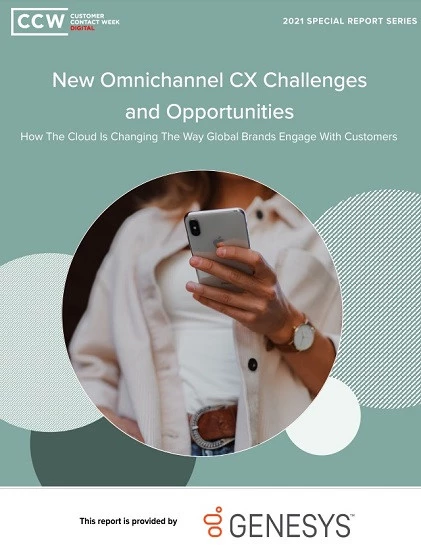5 Roadblocks to Multi-Channel Customer Acquisition
Add bookmarkMost companies depend on some form of channel to target, sell and deliver products and services to end users. A channel can be any intermediary such as a retailer or distributor, a sales team or a technology platform like the iPad.
Recent developments are putting channel performance in executive crosshairs. A low growth economy puts a premium on having high performance channels that drive customer acquisition and retention while maximizing efficiencies. Secondly, the power of Web-based technologies can no longer be ignored. Social media, e-commerce, and mobile computing already play a vital role in product purchase, research, referrals and support.
All too often, however, channel-focused acquisition strategies fail to achieve the desired results for the following reasons we’ll call the 5 Cs:
Cannibalization– Customer acquisition programs in one channel end up cannibalizing another channel’s business.
Consistency– High channel complexity increases the chances that your value proposition, tactics and strategy will be inconsistently deployed.
Conflict – Misalignments in strategy and incentives triggers conflict between different channel players and the company.
Customers– Customer behavior and needs become out of sync with the channel design.
Change– Managers do not follow ‘best practices’ when making changes to strategies and structure.
Although channels are complex to manage, there is hope. Our learnings from two industries – industrial automation and consumer insurance – highlight the fact that strategically agile firms who pay close attention to their customer and channel partner’s needs can build market share, reduce conflict and gain competitive advantage. Two examples illustrate the value of this bottom-up approach:
Industrial automation
An automation company approached us looking for help in penetrating an unexploited customer group. Management focused on 2 key questions: what was the best channel to target this new segment? How do you formulate a channel strategy that was a win-win-win for the customer, channel partner and company?
Our solution began with an exploration of the target customer’s behavior, needs etc. Secondly, we surveyed their likes/dislikes of the channel that traditionally targeted them. Finally, we framed this research against major industry and technological trends to understand how the market was evolving. The recommended channel strategy would fall out of these purchase, market, technological and behavioral drivers.
Our findings opened a few eyes. Initially, the client assumed the segment could be targeted by the existing distributor and systems integrator channel, with only new and improved marketing programs. However, we discovered that over half of these customers had a high level dissatisfaction with existing channels, both as individual firms and as a structure. Instead, these people wanted a direct relationship with the manufacturer – if the firm could develop a functional and informative Web platform. The research results triggered the deployment of a new e-business portal and direct marketing program. This channel dramatically improved customer acquisition, minimized cannibalization, and increased overall customer satisfaction.
Consumer Insurance
Boston Consulting Group looked at how to win new business in a channel-reliant business – the North American home and auto insurance industry, BCG wanted to answer some questions essential to firms looking to profitably grow market share in a mature market. For example, how do consumers really want to buy insurance? Do different demographic groups truly prefer different channels? Which channels will prevail in the future? And, which strategic steps should be taken to drive growth?
BCG’s research yielded some noteworthy findings, which we have validated through our Canadian insurer experience:
- Over 40% of consumers across all segments are channel indifferent. These consumers represent the battleground for customer acquisition.
- One way to target these consumers is with a direct relationship using the Web. Although insurer web channels are poised for the highest growth, current executions must become more customer-centric and functional.
- All consumer segments value personalized advice and service delivered via agents. However, this agent channel, ideally positioned to provide advice, is not fully meeting consumer needs.
- Strategically, managers should look to rejig their channel strategy to better drive acquisition. They have 3 channel options: agent-focused, direct-focused or a hybrid of the two.
In most channel-intensive markets, the key elements – consumers, technologies and channel partners – are evolving. Companies that best understand the changes and are able to quickly and adroitly develop new channel models can outflank competition and win the battle for new customers at lower acquisition cost.













